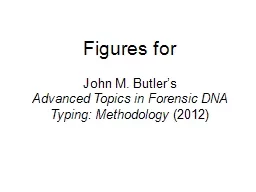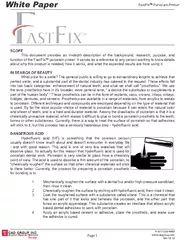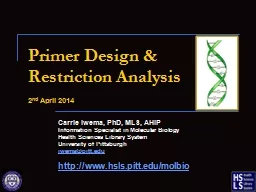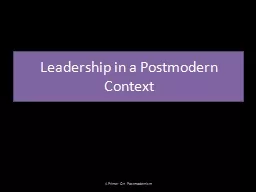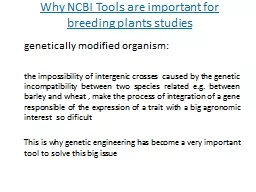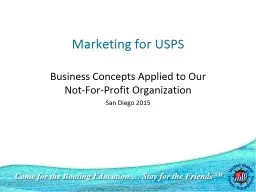PPT-Introducción al primer
Author : min-jolicoeur | Published Date : 2018-09-25
siglo Ministerio Yeshua la Luz del Mundo Moreh Gerardo Echevarria Martínez Jer 259 Yo mandaré por los pueblos del norte y por Nabucodonosor rey de Babilonia
Presentation Embed Code
Download Presentation
Download Presentation The PPT/PDF document "Introducción al primer" is the property of its rightful owner. Permission is granted to download and print the materials on this website for personal, non-commercial use only, and to display it on your personal computer provided you do not modify the materials and that you retain all copyright notices contained in the materials. By downloading content from our website, you accept the terms of this agreement.
Introducción al primer: Transcript
Download Rules Of Document
"Introducción al primer"The content belongs to its owner. You may download and print it for personal use, without modification, and keep all copyright notices. By downloading, you agree to these terms.
Related Documents


